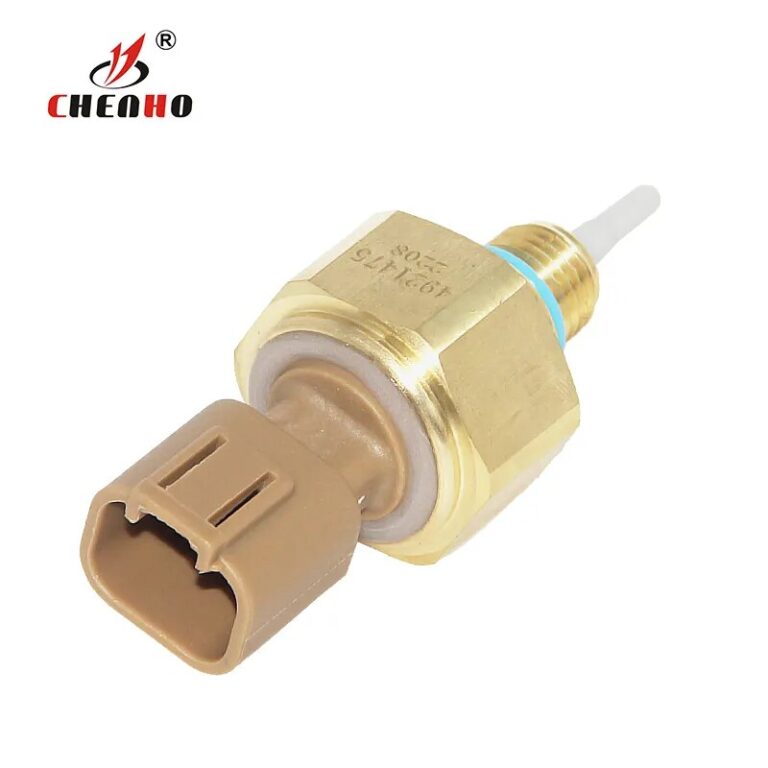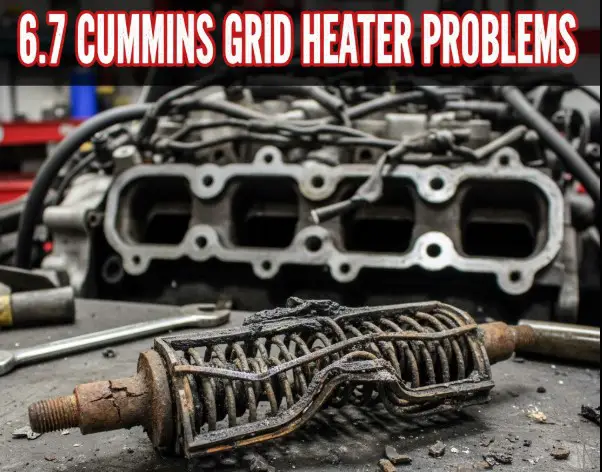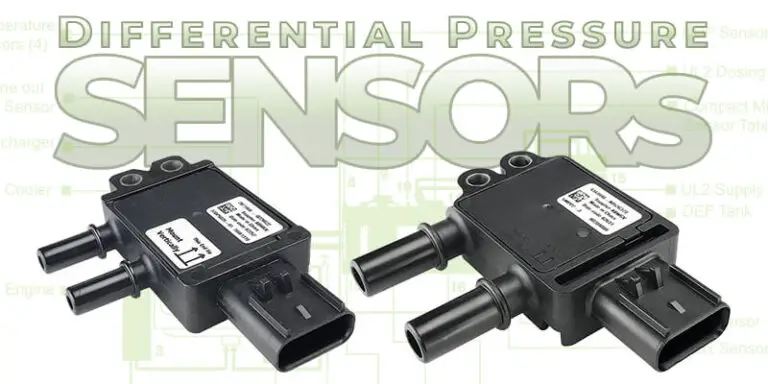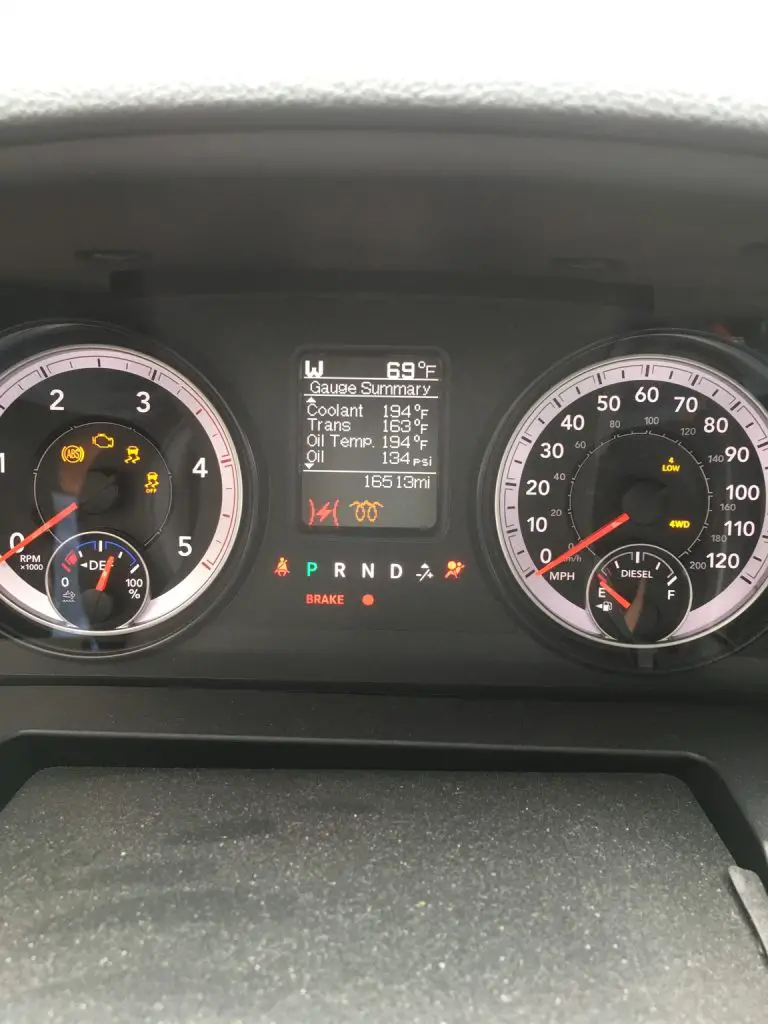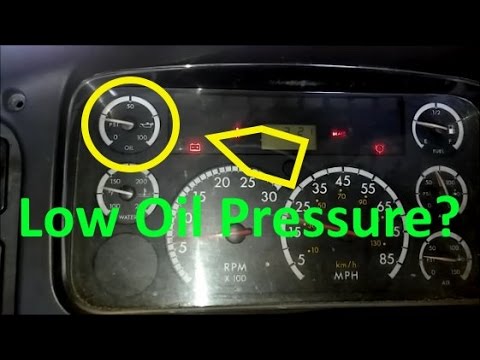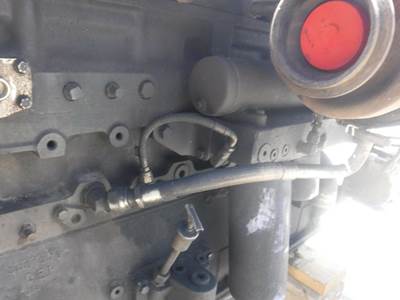6.7 Cummins Turbo Actuator Delete
The turbo actuator is a small device that controls the position of the turbo vanes. It is located on the front of the engine, below the turbocharger. If the turbo actuator is not working properly, it can cause the turbocharger to overboost or underboost, which can lead to engine damage.
This guide will show you how to remove the turbo actuator on a 6.7 Cummins engine. This is a relatively simple procedure, but it is important to follow the steps carefully to avoid damaging the turbocharger or any other components.
8 Steps to Delete the Turbo Actuator on a 6.7 Cummins Engine
This is a step-by-step guide on how to delete the turbo actuator on a 6.7 Cummins engine.
Tools and materials needed:
- 10mm socket
- 13mm socket
- 15mm socket
- 17mm socket
- Ratchet
- Extension bar
- Flathead screwdriver
- Phillips screwdriver
- New turbo actuator (optional)
Step 1. Disconnect the negative battery cable.
This is to prevent any accidental electrical shocks while you are working on the engine.
Step 2. Locate the turbo actuator.
The turbo actuator is located on the front of the engine, below the turbocharger. It is a small, silver device with a black electrical connector attached to it.
Step 3. Remove the 10mm bolts that secure the turbo actuator to the turbocharger.
There are usually two or three bolts that secure the turbo actuator to the turbocharger. Use a 10mm socket and ratchet to remove these bolts.
Step 4. Remove the 13mm bolts that secure the turbo actuator to the engine.
There are usually two or three bolts that secure the turbo actuator to the engine. Use a 13mm socket and ratchet to remove these bolts.
Step 5. Disconnect the electrical connector from the turbo actuator.
Use a flathead screwdriver to pry the red tab on the electrical connector up. This will release the locking mechanism and allow you to disconnect the connector.
Step 6. Remove the turbo actuator from the engine.
Once all of the bolts have been removed and the electrical connector has been disconnected, you should be able to remove the turbo actuator from the engine by hand.
Step 7. If you are installing a new turbo actuator, reverse the steps above to install it.
When installing a new turbo actuator, be sure to use a new gasket. The gasket helps to seal the connection between the turbo actuator and the engine.
Step 8. Reconnect the negative battery cable.
Once the new turbo actuator has been installed, reconnect the negative battery cable.
Tips:
- Be careful not to overtighten the bolts when securing the turbo actuator to the turbocharger and engine.
- Make sure to disconnect the electrical connector from the turbo actuator before removing it.
- If you are installing a new turbo actuator, make sure to use the correct gasket.
Warnings:
- This procedure should only be performed by a qualified mechanic.
- Be careful not to touch the hot turbocharger.
- Make sure to disconnect the negative battery cable before starting this procedure.
Additional notes:
- Deleting the turbo actuator can improve performance and fuel economy, but it can also increase emissions.
- If you are deleting the turbo actuator, you may also need to tune your engine to account for the changes.
- It is important to check your local laws and regulations before deleting the turbo actuator, as it may be illegal in some areas.
Cummins 6.7L Turbo Actuator Replacement Process
How Do You Test a 6.7 Turbo Actuator?
How to Test a 6.7 Turbo Actuator If your truck is equipped with a 6.7-liter Cummins turbo diesel engine, then it likely has an electronic wastegate actuator (WGA). The WGA controls the amount of boost pressure that the turbo produces, and if it isn’t functioning properly, then your truck’s performance will suffer.
Fortunately, testing the WGA is a relatively easy process that can be done at home with just a few tools. First, connect a digital multimeter to the two-pin connector on the back of the WGA. Then start the engine and let it idle for about five minutes so that the WGA can warm up.
Next, rev the engine up to about 2,000 RPM and hold it there for five seconds. The multimeter should read between 4-5 volts during this time; if it doesn’t, then there may be an issue with the WGA or its electrical connection. If the voltage reading is normal, then you can move on to testing the actual actuation of the wastegate flap inside the turbocharger.
To do this, you’ll need to disconnect the vacuum line from the WGA and attach it to a hand-held vacuum pump. Apply about 20 in-Hg of vacuum to the actuator and hold for five seconds; during this time, you should hear/feel a clicking noise as the flap moves inside the turbocharger. If you don’t hear this noise or feel any movement, then there could be an issue with either the actuator itself or its linkage/connection to the flap inside the turbocharger.
- You Can See: How Much Does It Cost To Delete A 6.7 Cummins
Does a Turbo Actuator Have to Be Calibrated?
A turbo actuator is a device that is used to control the position of the wastegate flap in a turbocharged engine. The actuator is connected to the wastegate and controls how much exhaust gas is allowed to bypass the turbine. In order to function correctly, the actuator must be properly calibrated.
There are two main types of turbo actuators: pneumatic and electronic. Pneumatic actuators use air pressure to control the wastegate flap, while electronic actuators use an electric motor. Both types of actuators must be properly calibrated in order to function correctly.
Calibrating a turbocharger actuator can be done with special tools, or by using a computer program. Most modern vehicles have electronic calibration capabilities built into the engine management system. This allows for more precise calibration than was possible with older pneumatic systems.
It is important to note that not all turbocharged engines require an actuator. Some engines use a fixed geometry turbine housing which does not require an adjustable wastegate flap. These engines do not need an actuator and therefore do not need to be calibrated.
Does 6.7 Cummins Have Vgt?
The 6.7 Cummins is a common rail diesel engine that was first introduced in 2007. It is available in both inline and V configurations. The engine is used in a wide variety of applications, including pickup trucks, commercial vehicles, and agricultural equipment.
The 6.7 Cummins has a displacement of 6.7 liters and an output of 350 horsepower and 650 lb-ft of torque. It features common rail fuel injection, turbocharging, and an intercooler. The engine is also equipped with a variable geometry turbocharger (VGT), which enhances its performance and fuel efficiency.
6.7 Cummins Turbo Actuator Failure Alternative (Just Get a Big Turbo!)
6.7 Cummins Turbo Actuator Symptoms
6.7 Cummins Turbo Actuator Symptoms If you’re experiencing any of the following 6.7 Cummins turbo actuator symptoms, it’s time to bring your truck in for service:
1. Your Check Engine light is on.
2. You’ve noticed a drop in power or fuel economy.
3. Your turbocharger is making strange noises.
4. There’s black smoke coming from your exhaust pipe.
See Also:
Conclusion
In this blog post, the author discusses deleting the turbo actuator on a 6.7 Cummins engine. This is a relatively simple process that can be done with basic hand tools. The author provides step-by-step instructions for deleting the turbo actuator, as well as photos to illustrate the process.
Overall, this is a straightforward job that should take most people no more than an hour or two to complete.


